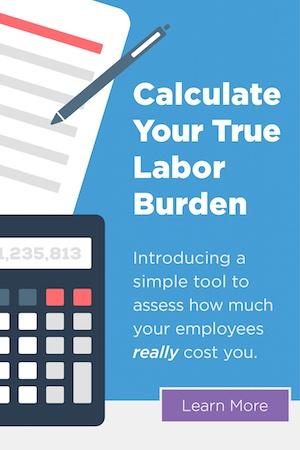Reporting will be open from April 30th – June 4th.
It’s that time of the year again when employers are required to file their Employment Information Report, also known as EEO-1, along with their Pay Data Reports.
What is an EEO-1 report?
The EEO-1 report is a survey mandated by the United States Equal Employment Opportunity Commission (EEOC) that provides a demographic breakdown of an employer’s workforce by race and gender. This report helps ensure compliance with anti-discrimination laws under Title VII of the Civil Rights Act of 1964, which prohibits employment discrimination based on race, color, religion, sex, and national origin.
Who must file the EEO-1 report?
This year, private employers that had over 100 employees and federal contractors with at least 50 employees during any point of Q4 in 2023 are required to report the required demographic information.
When and where should you file?
Employers who meet the requirements mentioned above have between April 30th and June 4th, 2024 to file through the EEOC’s Online Filing System (OFS).
What does an EEO-1 report consist of?
Traditionally, EEO-1 reports require employers to pick a payroll end date between October 1, 2023, and December 31, 2023, as your “workforce snapshot period.” Then, employers will need to sort employee data categorized by job category, sex, race, and ethnicity, to turn over to the EEOC during the upcoming reporting window.
Furthermore, Illinois employers who typically file EEO-1 reports have additional equal pay registration obligations. Lastly, California employers with 100 or more employees during Q4 of 2023 must also submit Pay Data Reporting.
“Where do I start?” you may ask…
We know reporting may be challenging, so here is a step-by-step action plan for you:
- Set a 2023 snapshot period. Pick a payroll end date between October 1st, 2023 and December 31st, 2023 as your reporting period for all your employees. As a new requirement during this reporting cycle, if you reached 100 or more employees at any point during this time frame you will need to file an EEO-1 report.
- Correctly and consistently split your workforce by category. The EEO job categories are as follows:
- Executive/Senior-level officials and managers
- First/Mid-level officials and managers
- Professionals
- Technicians
- Sales workers
- Administrative support workers
- Craft workers (skilled)
- Operatives (semi-skilled)
- Laborers and helpers
- Service workers
- Enable your employees to self-identify their gender and race/ethnicity categories.
- Choose an employee to file the EEO-1 report. When filing, please note there will be separate instructions for employers changing their previous point of contact, as well as employers filing for the first time. Your employee responsible for filing the report will need to submit the demographic data directly through the OFS by uploading your document or manually. An internal designated certifying official must certify your report directly in the OFS.
- Make sure you file on time and start early, since the EEOC does not offer filing extensions.
Overwhelmed? We can help.
Since 1989, UniqueHR has assisted clients with all things related to HR, including payroll, benefits, retirement management, and worker’s comp. We also help with necessary reporting to ensure your company remains compliant with federal and state regulatory agencies.
In the past, the EEO-1 reporting system has slowed down significantly as the deadline approached, which makes filing more challenging. These processes and deadlines can be demanding, so please know you can rely on UniqueHR for support.
For more information on how we can help your business, reach out to the UniqueHR team today by calling 361-852-6392.


